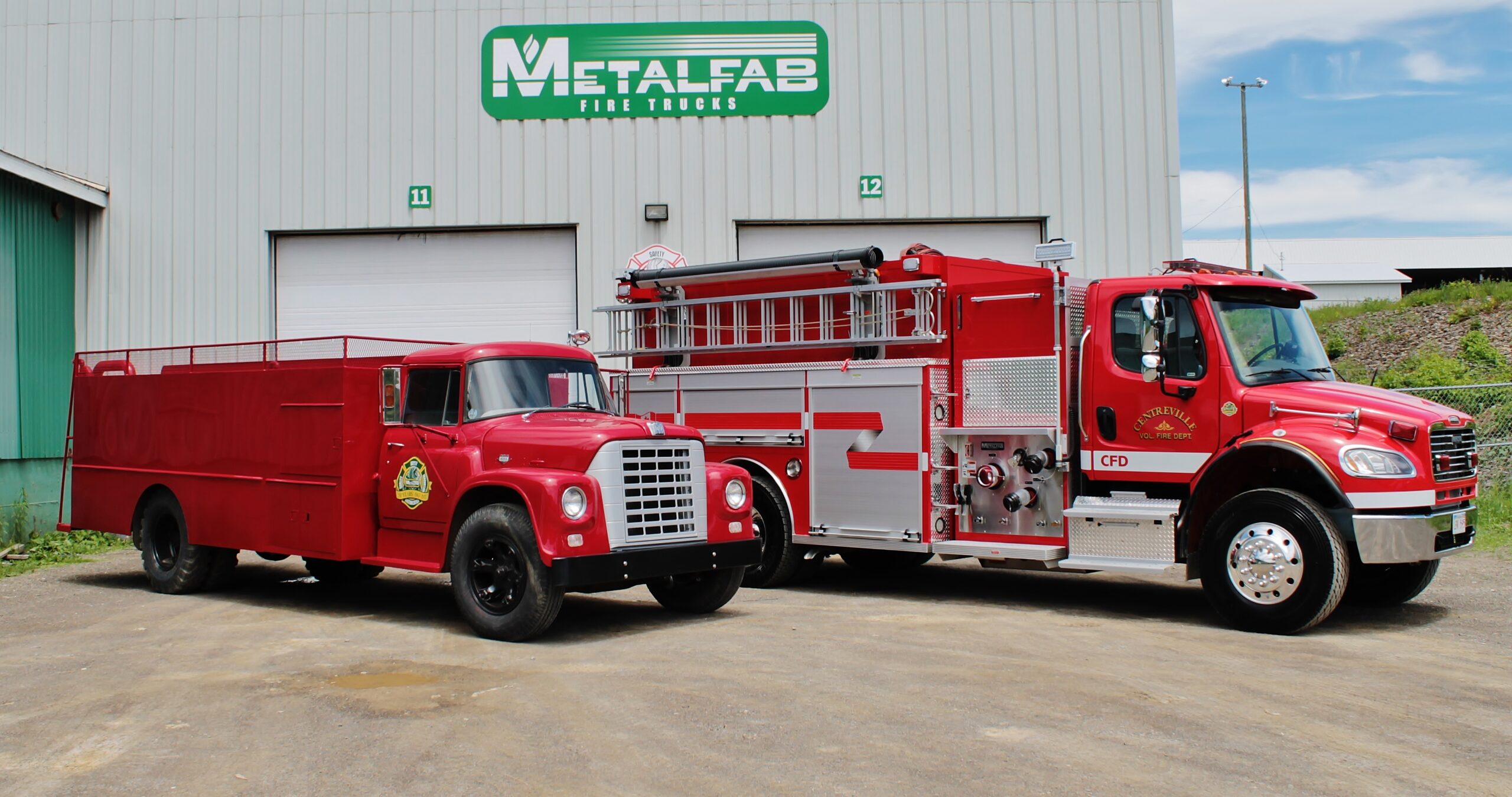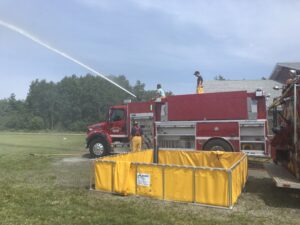
Fire Trucks and Features That Best Serve Rural Markets
Fire departments in rural areas face emergencies that often differ from those faced by their urban counterparts. Some of the situations rural fire station crews must contend with include grass fires, feed mill emergencies, railroad response and rescue, wildland and marsh fires, and farming accidents.
Rural fire stations typically have to make do with limited resources, older equipment, and smaller teams that may be unable to respond to every situation effectively. Combine these common issues with geographical factors—such as a lack of water sources or long distances between crucial cities—and it quickly becomes apparent that rural firefighters require additional assistance.
Rural crews face challenges like the following:
- Appropriate Response Time: Several underlying factors contribute to delays in emergency response times. For example, many volunteer firefighters work at other jobs during the day and must travel from their place of employment to the station or emergency scene. The other key factor is the distance required to bring aid. Rural fire departments cover large geographic areas, sometimes over dirt roads or rugged terrain, contributing to longer response times.
- Lack of Water Supply: Many rural communities may not have consistent fire hydrant placement, so firefighters must transport and use water strategically. Many fire departments have tankers or tender fire trucks that bring additional water to the scene, and they have drop tanks that are filled on the scene. A water shuttle is an essential element in rural firefighting. The trucks in the shuttle are filled using a dry hydrant or drawing water from a nearby lake, pond, or stream.
- Advanced Fire Situations: Even small fires can grow larger if response time is delayed, and they become more challenging by the time all the resources arrive on scene.
- Difficult Access. It’s not uncommon for structures in rural communities to have difficult access, which can be difficult for firefighters and their trucks and equipment.
Several types of trucks with unique features are often found in rural firehouses to support their communities’ needs:
Water trucks.Tankers can be a traditional design or elliptical shaped. Their primary mission is to bring additional water and equipment to the scene and to be a part of the water shuttle, refilling the drop tanks. Many rural departments include more than one tanker.
- Apparatus with a water pump and larger water tank.These are often ideal in rural environments because first responders need to bring enough water to start fire suppression until help arrives. Many rural pumpers are equipped with between 1,000 and 1,500 gallons of water, a full complement of fire suppression equipment, and ample storage for drop tanks and other equipment needs.
- Wildland or mini pumper vehicles.Many rural fire departments also have a secondary vehicle offering four-wheel drive to navigate rough terrain, snow, and brush. Whether they choose a type 3 wildland vehicle, mini pumper, or another supporting vehicle, an off-road truck is often beneficial to access remote locations.
- Equipment vans. Equipment vans are vehicles designed to transport equipment common in rural fleets. These trucks carry extra gear for firefighters arriving directly to the scene and are outfitted with additional equipment that may not fit on other rigs.
Many of the trucks are equipped with a hard suction hose, scene lighting, thermal imaging, CO2 and Liquid Propane (LP) gas detectors, and generators.
We understand that every rural community is unique, and Metalfab is here to help you meet your needs. For more information about rural fire apparatus or if you have questions, contact us.

